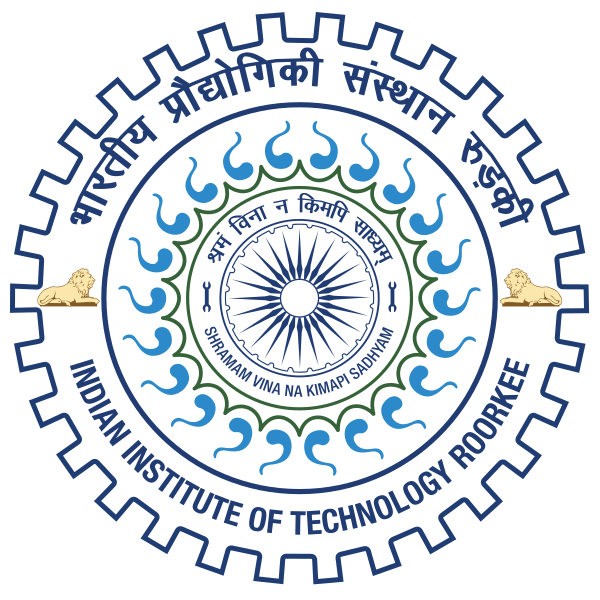Please use this identifier to cite or link to this item:
http://localhost:8081/jspui/handle/123456789/13232Full metadata record
| DC Field | Value | Language |
|---|---|---|
| dc.contributor.author | Sridhar, Vavilapalli | - |
| dc.date.accessioned | 2014-12-05T07:10:54Z | - |
| dc.date.available | 2014-12-05T07:10:54Z | - |
| dc.date.issued | 2008 | - |
| dc.identifier | M.Tech | en_US |
| dc.identifier.uri | http://hdl.handle.net/123456789/13232 | - |
| dc.guide | Singh, Y. P. | - |
| dc.guide | Choudhuri, S. Ghatak | - |
| dc.description.abstract | Direct power control which is a rotor side control of a doubly fed induction generator by which decoupled control of stator active and reactive power can be obtained is presented. It is based on the measurement of active and reactive power on the grid side where voltages and currents are alternating at fixed frequency. The active and reactive powers are made to track references using hysteresis controllers. The measurements are taken on stator side and the control is made on rotor side. This control system eliminates the need for rotor position sensing and gives an excellent dynamic performance as shown by simulation results for a variable speed constant frequency induction generator system. The system can be operated below, above and at synchronous speeds. The operation of the doubly fed induction generator (DFIG) system is explained. The power control by rotor current injection is explained by the phasor diagrams. The controlling scheme is explained and the modeling of the complete system is done in MATLAB-SIMULINK. The dynamic performance of the system is observed and compared with vector control scheme. The response of the stator and rotor currents, power factor, stator and rotor powers for different values of reference active and reactive powers are shown by the simulation results. The performance of this control technique in wind power applications is observed. Optimum power control and pitch angle control for wind turbine is proposed and the response of generator speed, pitch angle, optimum power, turbine torque, stator current, stator and rotor powers for different wind speeds are shown by simulation results. The direction of stator and rotor power flow is explained with simulation results. 111 | en_US |
| dc.language.iso | en | en_US |
| dc.subject | ELECTRICAL ENGINEERING | en_US |
| dc.subject | DIRECT POWER CONTROL | en_US |
| dc.subject | GRID CONNECTED WOUND ROTOR INDUCTION GENERATOR | en_US |
| dc.subject | ROTOR INDUCTION GENERATOR | en_US |
| dc.title | DIRECT POWER CONTROL OF GRID CONNECTED WOUND ROTOR INDUCTION GENERATOR | en_US |
| dc.type | M.Tech Dessertation | en_US |
| dc.accession.number | G13682 | en_US |
| Appears in Collections: | MASTERS' THESES (Electrical Engg) | |
Files in This Item:
| File | Description | Size | Format | |
|---|---|---|---|---|
| G13682.pdf | 2.35 MB | Adobe PDF | View/Open |
Items in DSpace are protected by copyright, with all rights reserved, unless otherwise indicated.

